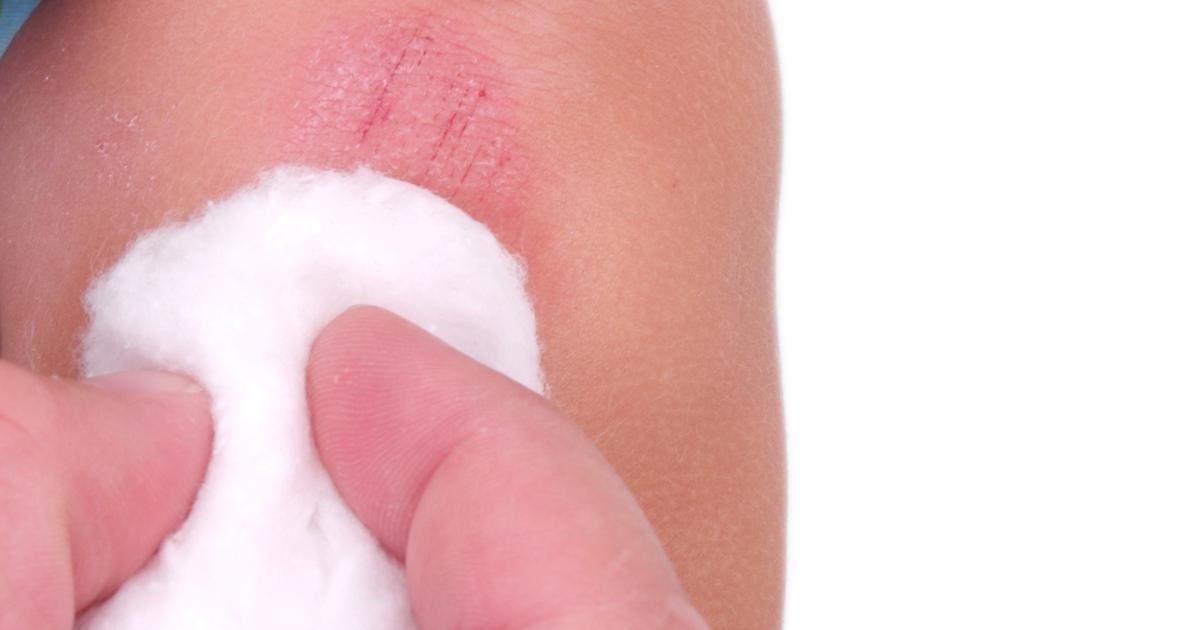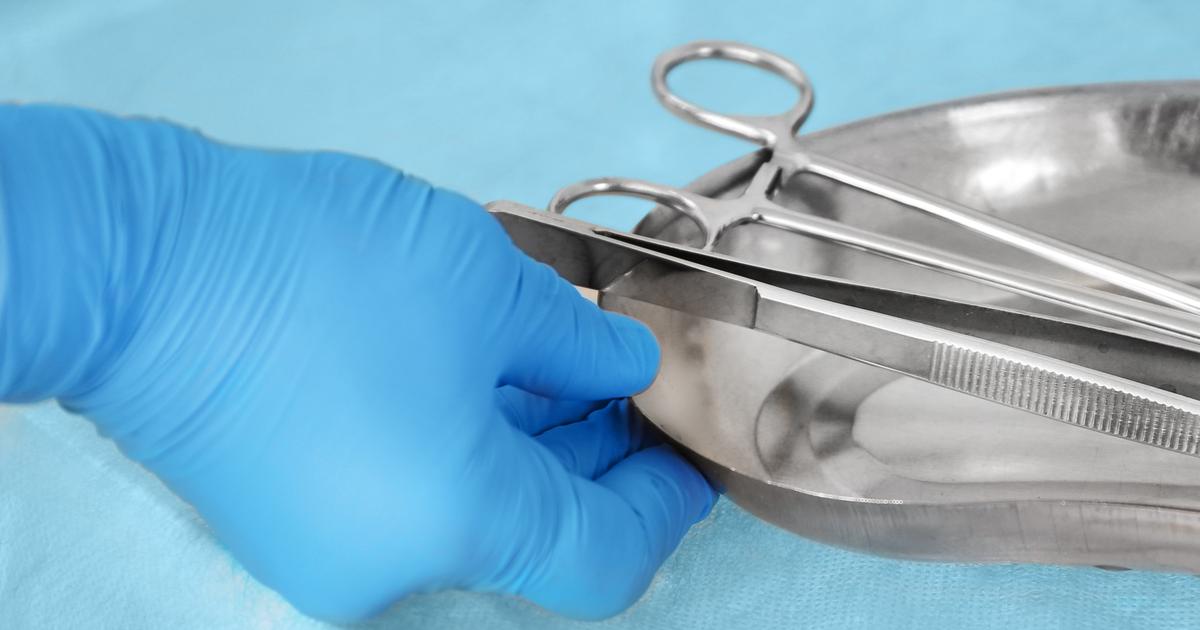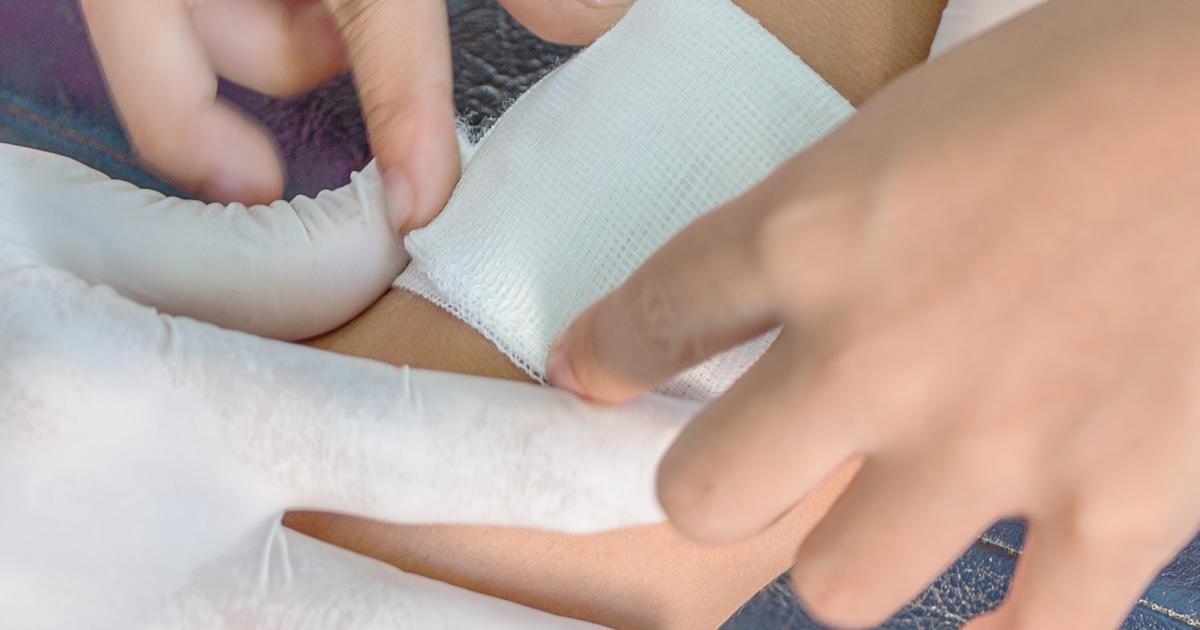How To Treat Road Rash
Road rash is a type of skin abrasion and friction burn that develops after the skin is scraped against a rough surface. Patients who participate in sports performed on tarred surfaces, including skateboarding and bicycling, are most likely to experience road rash. This injury causes the outer layers of skin to be removed, and it can be very painful. Patients with road rash may notice their skin looks raw, and bleeding or oozing may occur. Most cases of road rash are relatively minor, and they heal on their own within two weeks. Home treatment is typically all that is needed for this injury. However, patients with extensive road rash that has caused several layers of skin to be removed might need skin grafting surgery or other treatment.
The steps outlined below are typically recommended for the treatment of road rash.
Wash Hands And The Injury

To reduce the likelihood of infection, patients who have road rash should wash their hands and the injury, ideally at the scene of the injury. However, if the wound is not bleeding much, patients may choose to wait and wash the injury once they return home. Alcohol-based hand sanitizer or warm, soapy water can be used for handwashing, and patients may want to place the injured area underneath running water for a few minutes to ease pain and reduce bleeding. Doctors recommend the use of soapy water and a clean washcloth for washing the injury. Since soap could cause further irritation, patients should use it just at the edges of the wound; it should not be placed directly on the wound itself. If soap and water are not available, using an antiseptic spray is a safe alternative.
Keep reading to learn more about treating road rash now.
Remove Any Remaining Debris

Since road rash occurs on tarred surfaces, it is common for the wound to contain debris. Dirt, glass fragments, and small rocks may become embedded in the skin as a result of this injury. Patients should assess the wound for any debris during the cleaning process, and they may want to use a soft cloth to remove dirt. Since glass and rocks may damage veins and arteries, patients will need to see a doctor to remove these and any remaining debris. Trying to remove foreign objects without the help of a physician could result in serious injury. To help doctors and other medical staff, patients might want to make a note of the location of any debris, and doctors may need to perform an x-ray to find out how deeply embedded the debris might be. Doctors usually remove debris as an in-office procedure, and local anesthetic is typically used. Patients who have had debris in their wound may be asked to have a tetanus booster, and physicians will perform a thorough inspection to check for any debris that may not be immediately visible. The patient will be advised about potential signs of infection, and follow-up appointments may be recommended to check how the wound is healing.
Discover additional tips for treating road rash now.
Apply Antibiotic Ointment And Bandages

To prevent infection, it is crucial to apply antibiotic ointment and bandages to any road rash injury. Triple antibiotic ointment contains three different antibiotics, including bacitracin and neomycin, and many creams now include an added ingredient for pain relief. These creams are part of standard first aid kits, and they can be purchased over-the-counter at many pharmacies. The creams should be applied with a cotton swab or cotton ball, and it is safe to apply them up to four times a day. When applying antibiotic creams, patients should only apply a thin layer. Antibiotic ointments may cause side effects if they are applied to a large area of the body, and patients might want to ask a doctor or pharmacist about whether it is appropriate to apply these to their particular injury. Sterile gauze pads and cohesive wrapping may be used to bandage large areas, and smaller areas with road rash may be covered with adhesive bandages. Patients should always ensure they can insert at least one finger underneath a cohesive bandage, as this prevents it from being too tight. Bandages should be changed at least once a day, and they must also be changed if they become wet or dirty.
Uncover more information on treating road rash now.
Monitor for Infection

While a road rash injury is healing, the patient will need to monitor for infection in the area. Infected injuries could become very red or tender, and the patient might notice red streaks form and extend away from the site. Swelling could develop, and patients may experience increased pain. The area might begin to feel numb, and areas below the injury could also be numb. In addition, the skin over the injury may feel much warmer than the surrounding area. As the infection progresses, pus may be discharged from the area, and some individuals might notice a discharge of thick, gray fluid. If the infection spreads and becomes systemic, patients typically develop a fever, often higher than 100.4 degrees Fahrenheit. Patients should seek urgent medical attention if any signs of infection develop.
Get more information on when to contact a doctor regarding road rash next.
When To Contact A Doctor

Many road rash injuries can be successfully treated at home, but patients need to know when to contact a doctor. In addition to contacting the doctor for any signs of infection, patients will also need to seek medical care if they get road rash on certain areas of the body. For example, any road rash on the face, hands, feet, or genitals requires a medical assessment, and professional care is crucial for road rash wounds over three times larger than the size of the patient's palm. Patients will also need urgent attention if muscle or bone is visible after this type of injury, and an ambulance may need to be called in this case. Wounds that have not healed after two weeks should be evaluated by a physician too. After performing a physical examination of the area, doctors might refer the patient to a wound care clinic. If skin grafting or reconstructive surgery is necessary, patients might be referred to a plastic surgeon.